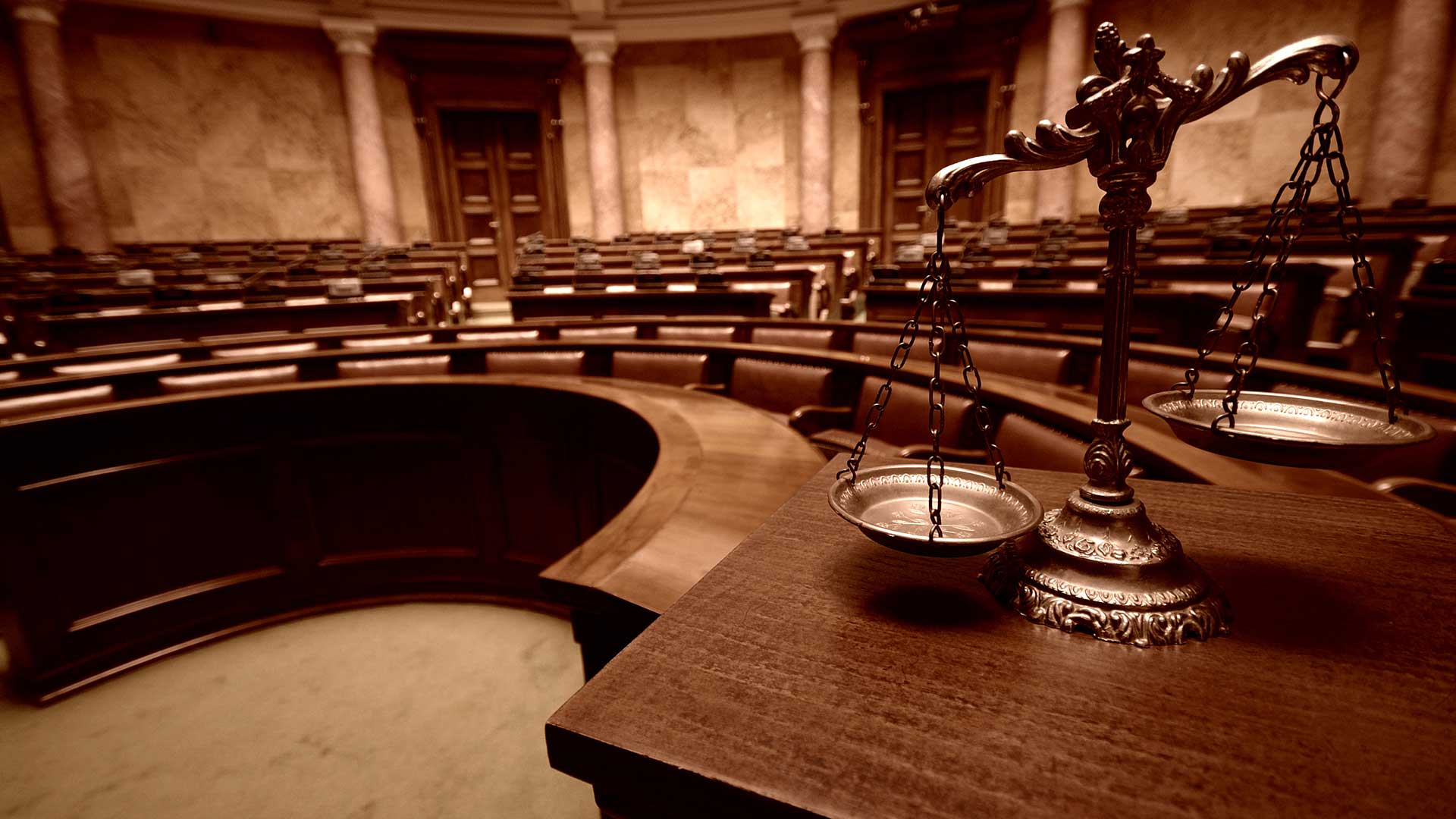Conveyancing & Real Estate
Convenience plays a significant role in shaping the real estate market, influencing both property values and buyer preferences. As modern lifestyles increasingly prioritize accessibility and time-saving amenities, real estate developers and buyers alike are focusing on properties that offer convenience in various forms. This includes proximity to essential services such as shopping centers, schools, hospitals, and public transport, as well as access to recreational facilities and workspaces. Properties located in areas with easy access to these services tend to command higher market prices and attract a broader range of buyers or renters. Additionally, advancements in technology, like smart home features and high-speed internet, further enhance the convenience of living, making certain properties more appealing. In urban planning and real estate development, convenience is not just a luxury but a necessity, especially in fast-paced environments. Real estate investors and developers often prioritize projects in locations that offer a balance of residential comfort and proximity to urban conveniences. This has led to the rise of mixed-use developments, where residential spaces are integrated with retail, entertainment, and office spaces, creating communities where people can live, work, and play with ease. In summary, convenience has become a key factor driving the demand, pricing, and development trends within the real estate sector, as buyers increasingly seek properties that simplify their lives and offer easy access to essential services and amenities.
Raj Lankesh lankeshpartners@gmail.com (+94)71 442 1360 / (+94)70 532 9168.png)











